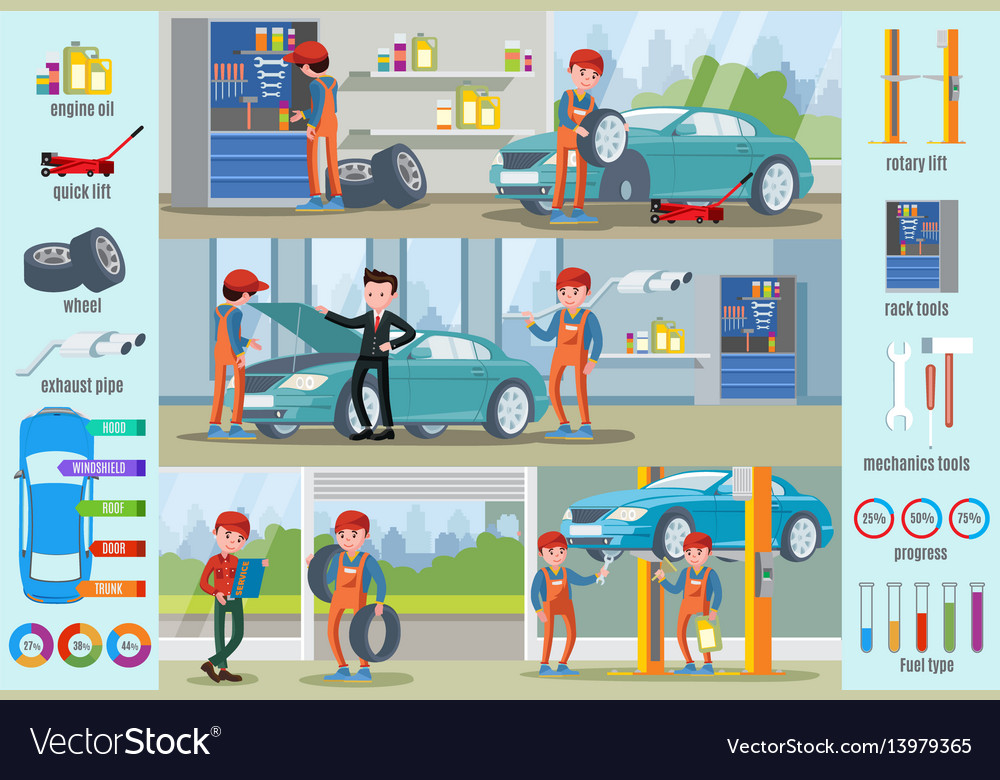Recognizing Your Cars And Truck'S Caution Lights: What Do They Truly Mean?
Recognizing Your Cars And Truck'S Caution Lights: What Do They Truly Mean?
Blog Article
homecarwash Developed By-Faulkner Corbett
When you're behind the wheel, those glowing warning lights on your dashboard can be a bit puzzling. Do you understand what they're trying to inform you regarding your vehicle's health and wellness? Recognizing the relevance of these lights is essential for your security and the longevity of your automobile. So, the following time one of those lights appears, would not you intend to understand its message properly and take the required steps to address it?
Common Caution Lights and Interpretations
Determine typical caution lights in your automobile and understand their significances to make certain safe driving.
The most regular warning lights include the check engine light, which indicates issues with the engine or exhausts system. If this light comes on, it's vital to have your car examined promptly.
The oil stress advising light shows low oil pressure, requiring immediate interest to avoid engine damage.
A flashing battery light might suggest a malfunctioning charging system, potentially leaving you stranded if not resolved.
The tire pressure surveillance system (TPMS) light notifies you to low tire pressure, impacting lorry security and fuel effectiveness. Ignoring this might result in harmful driving conditions.
The abdominal light suggests an issue with the anti-lock braking system, endangering your capability to quit promptly in emergency situations.
Lastly, the coolant temperature warning light warns of engine getting too hot, which can result in severe damage otherwise solved promptly.
Understanding these typical caution lights will assist you attend to problems immediately and keep safe driving conditions.
Relevance of Prompt Focus
Understanding the typical warning lights in your vehicle is only the very first step; the value of immediately resolving these warnings can not be highlighted sufficient to ensure your safety and security when driving.
When a caution light illuminates on your control panel, it's your car's means of communicating a potential issue that requires focus. Neglecting these cautions can bring about a lot more extreme troubles in the future, compromising your safety and security and potentially costing you extra out of commission.
Trigger interest to cautioning lights can stop break downs and accidents. As https://www.cbs42.com/automotive/spend-less-at-the-pump-with-these-fuel-saving-tips/ , a blinking check engine light could show a misfire that, if left neglected, might create damages to the catalytic converter. Addressing this without delay can save you from an expensive repair.
Likewise, a brake system alerting light could signify reduced brake liquid or used brake pads, vital elements for your security when driving.
Do It Yourself Troubleshooting Tips
If you notice a warning light on your control panel, there are a few do it yourself repairing suggestions you can attempt prior to seeking professional aid.
The very first step is to consult your automobile's manual to recognize what the certain warning light shows. In some cases the concern can be as straightforward as a loose gas cap activating the check engine light. Tightening the gas cap may resolve the problem.
Another usual problem is a low battery, which can trigger various warning lights. Checking the battery links for deterioration and guaranteeing they're protected could repair the trouble.
If a warning light lingers, you can try resetting it by disconnecting the car's battery for a couple of mins and after that reconnecting it. Additionally, inspecting your vehicle's liquid levels, such as oil, coolant, and brake liquid, can help fix alerting lights related to these systems.
Conclusion
Finally, recognizing your auto's warning lights is crucial for maintaining your lorry running smoothly and securely. By promptly addressing these alerts and knowing what they indicate, you can stay clear of pricey repairs and possible malfunctions.
Remember to consult your car's manual for certain information on each alerting light and take action as necessary to ensure a hassle-free driving experience.
Remain educated, remain risk-free when traveling!
